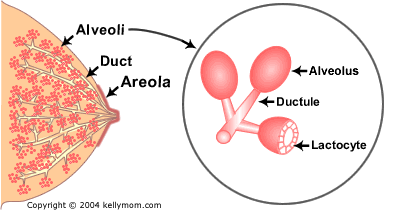TOXINS
- Substances created by plants
and animals that are poisonous
to humans.
ANIMAL TOXINS
- It resembles bacterial toxins
in its antigenic properties that
are found in the fluids of a
certain animals.
| Add caption |
E.g
- MYOTOXIN- Are small basic peptides found in the snake venoms (e.g Rattlesnakes) & Non-enzymatic mechanism that leads to severe muscle necrosis.
 |
BOTULISM TOXIN
- Most deadly naturally occurring neurotoxins, produced by naturally occurring clostridium botulinum.
- Improperly preserve foods accounted for cases of botulism and has been associated with freshly prepared foods that were not properly refrigerated.
Haemorrhagins
- Group of toxins found in certain venoms (e.g Rattlesnake and Ricin)
- Causes degeneration and lyses of endothelial cells in capillaries and small vessels, resulting in small hemorrhages in the tissue.
PLANT TOXINS
- Any substance that produced by plants that is similar in its properties to extracellular bacterial toxin.
OPIUM
 |
| http://4.bp.blogspot.com |
- Is a type of narcotic (analgesic) drug derived from opium poppy.
EFFECTS:
· Dizziness
· Sedation (production of a restful state of mind)
· Nausea
· Vomiting
· Reduce the activity of the intestinal muscle causing constipation.
COCAINE
 |
| http://www.turningpointcenters.com/drug/cocaine_300.jpg |
- Powerfully addictive central nervous system stimulant.
- Makes you feel Euphoric (feeling of great happiness) and Energetic
EFFECTS:
· Increases Body Temperature
· Increases Blood Pressure
· Faster heart rate
STRYCHINE
- Aka “NUX VOMICA”
- Source of the mainly poisonous alkaloids
 |
| http://www.deviantart.com/download/92696362/Strychnine_Twitch__MS_Paint__by_invader_zim_14.jpg -------------END---------- Thank YOU |










